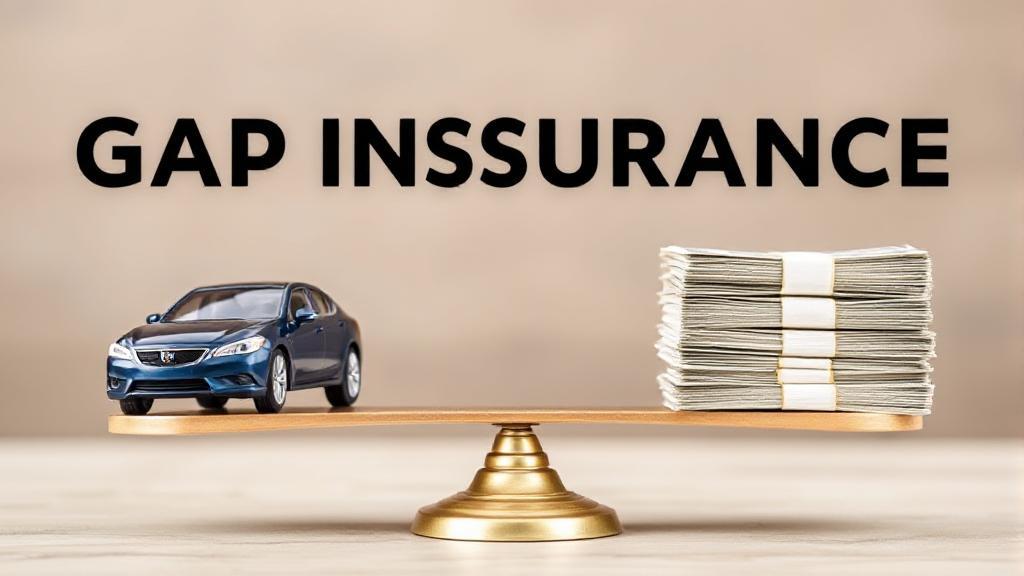What is Gap Insurance?
Gap insurance, or Guaranteed Asset Protection insurance, covers the difference between what you owe on your car loan and the actual cash value (ACV) your insurance company would pay if your vehicle is totaled or stolen. This "gap" exists because vehicles typically depreciate faster than loan balances decrease.
How Does Gap Insurance Work?
Imagine you purchased a car for $30,000. After a year, you still owe $25,000 on your loan, but the car's ACV has depreciated to $20,000. If your car is totaled, your standard insurance will cover the ACV, leaving you with a $5,000 gap. Gap insurance would cover this difference, ensuring you're not left paying for a car you no longer have.
When Gap Insurance Makes Sense
Gap insurance can be particularly beneficial in these situations:
- New Vehicle Purchase: Especially relevant during the first few years of ownership, as new cars can lose up to 20% of their value within the first year
- Low Down Payment: If you made a down payment of less than 20%, you're more likely to be "underwater" on your loan
- Long Loan Terms: Loans extending beyond 60 months can result in slower equity building
- High Depreciation Vehicles: Some vehicles depreciate faster than others
- Leased Vehicles: Many leasing companies require gap insurance as part of the lease agreement
When to Skip Gap Insurance
- Large Down Payment: With a 20% or more down payment, you've offset much of the initial depreciation
- Short Loan Term: Traditional 36- or 48-month loans typically don't leave you vulnerable to significant negative equity
- Used Vehicle Purchase: Used cars generally depreciate more slowly than new vehicles
Cost Considerations
The cost of gap insurance varies by provider:
- Dealership prices: Often $500-$700 (one-time fee)
- Insurance company rates: Usually $20-$40 annually
- Bank or credit union offerings: Typically $250-$400 (one-time fee)
Pro Tip: Purchase gap insurance from your auto insurance provider or financial institution rather than the dealership to save money.
Factors to Consider Before Purchasing
1. Loan-to-Value Ratio
Evaluate your loan-to-value ratio. If you owe significantly more than the car's current value, gap insurance might be a prudent investment.
2. Depreciation Rate
Research your vehicle's depreciation rate using resources like Kelley Blue Book or Edmunds.
3. Financial Situation
Consider your ability to cover the gap in the event of a total loss without insurance.
Alternative Options
- New Car Replacement Coverage: Pays to replace your totaled vehicle with a new one of the same make and model
- Loan/Lease Payoff Coverage: Similar to gap insurance but typically less expensive, paying up to 25% above the vehicle's ACV
- Vehicle Service Contracts: Provide coverage for repairs and maintenance
- Self-insurance: Setting aside monthly funds to cover potential losses
Making Your Decision
Calculate your potential need using this formula:
Consider these key questions:
- How much negative equity do you have?
- How long will you be "underwater" on your loan?
- Can you afford to pay the difference if your car is totaled?
- How much does gap coverage cost through different providers?
For specific advice about your situation, consider consulting with a licensed insurance professional who can evaluate your unique circumstances.
